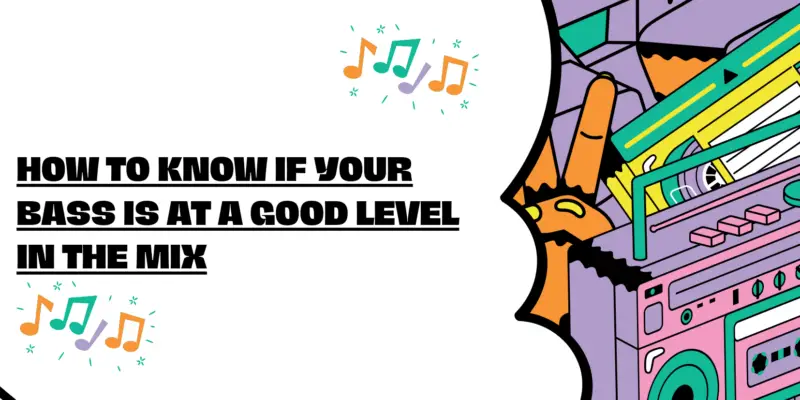There are a few things you can do to know if your bass is at a good level in the mix:
- Listen to your mix in different environments. Play your mix back in different environments, such as on headphones, in a car, and on a speaker system. This will help you to get a better idea of how the bass sounds in different contexts.
- Compare your mix to other reference mixes. Listen to other mixes in your genre and compare the bass levels to your own mix. This can help you to get a better idea of what a good bass level is for your genre.
- Use a spectrum analyzer. A spectrum analyzer is a tool that can show you the frequency content of your mix. This can be helpful for identifying any areas where the bass is too loud or too quiet.
Here are some specific things to listen for:
- Can you hear the bass guitar clearly? The bass guitar should be audible in the mix, but it should not be overpowering. If you can’t hear the bass guitar at all, it’s too quiet. If the bass guitar is so loud that it’s drowning out the other instruments, it’s too loud.
- Is the bass guitar in balance with the other instruments? The bass guitar should be in balance with the other instruments in the mix. If the bass guitar is too loud, it will make the mix sound muddy. If the bass guitar is too quiet, it will make the mix sound thin.
- Is the bass guitar clear and articulate? You should be able to hear the individual notes of the bass guitar clearly. If the bass guitar sounds muddy or muffled, it’s too loud. If the bass guitar sounds thin and weak, it’s too quiet.
If you’re not sure whether your bass is at a good level in the mix, it’s always best to err on the side of caution and turn it down a bit. You can always turn it up later if you need to.
Here are some additional tips for getting a good bass sound in your mix:
- Use a high-pass filter to remove any unwanted sub-bass frequencies. This will help to clean up the sound of the bass guitar and make it more focused.
- Experiment with different EQ settings. There is no one-size-fits-all approach to EQing bass guitar. The best EQ settings will vary depending on the genre of music you’re mixing and the specific sound you’re trying to achieve.
- Use a compressor to tame any peaks in the bass guitar signal. This will help to make the bass guitar sound more consistent and even.
By following these tips, you can get a great bass sound in your mixes that will help your music sound its best.


